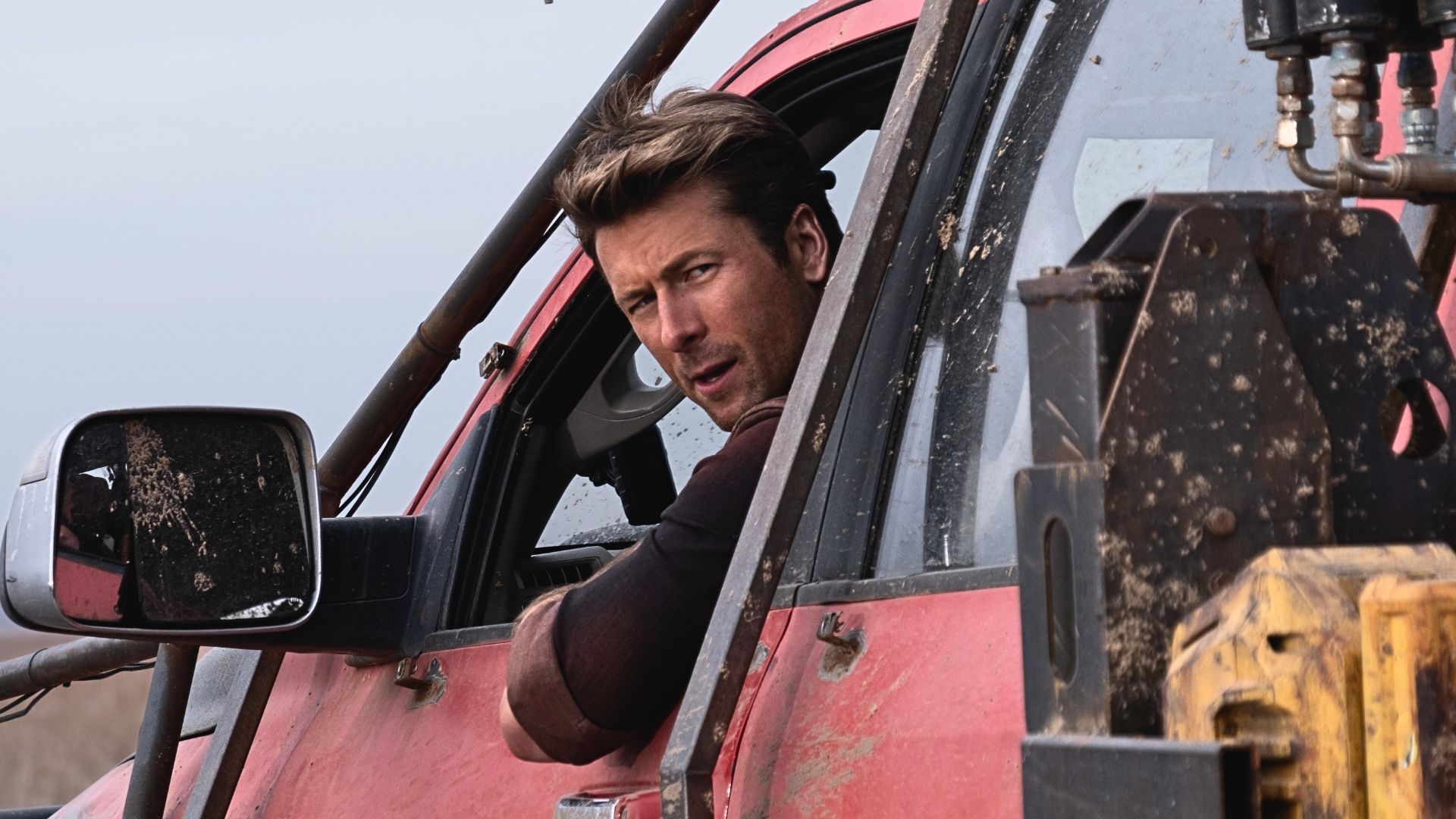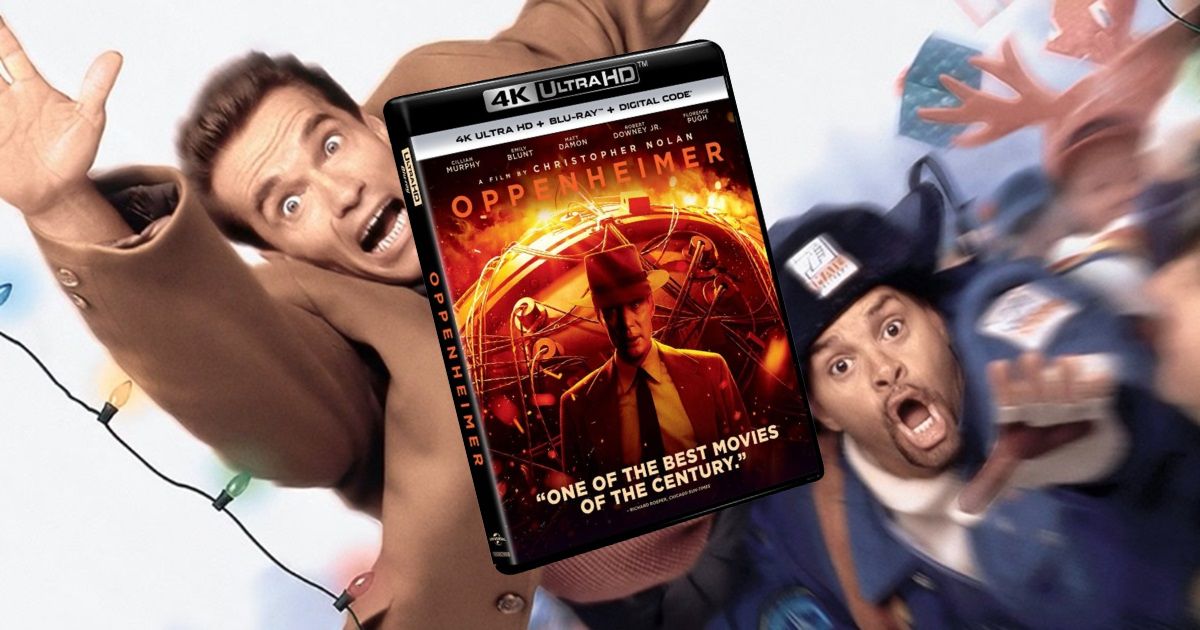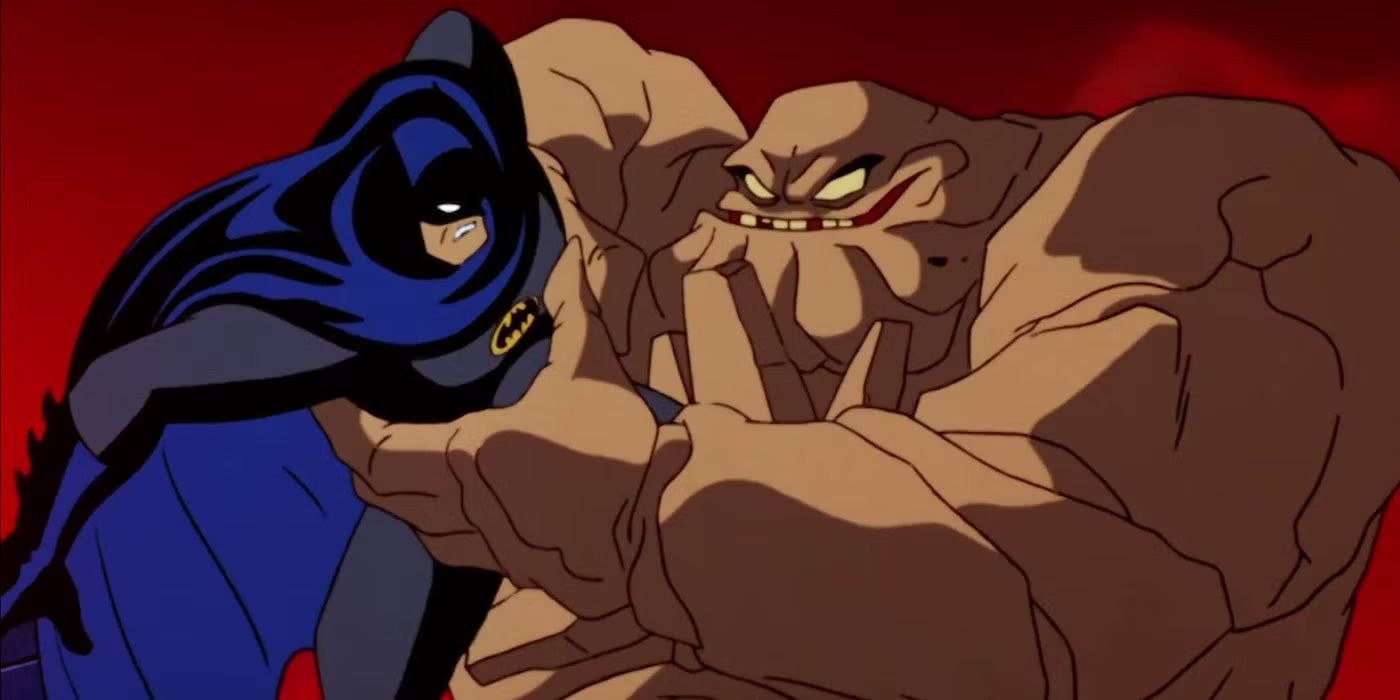There’s a French term, l’appel du vide, which means ‘the call of the void.’ It’s a phenomenon that’s been studied and pondered by neuroscientists, evolutionary biologists, and philosophers alike, and it’s basically this — sometimes, it’s extremely tempting to do the most destructive, personally dangerous thing. Also called ‘the high place phenomenon’ (with much less appeal), the scenario often used to describe it is of a person at the edge of a mountain, looking down at the terrible fall below with a kind of yearning, or someone driving in the rain at night, glancing at the guard rails and median barriers with a kind of longing, wondering about what it’s like to drive right into them and through to the other side.
MOVIEWEB VIDEO OF THE DAY
The new Netflix movie No Limit is a steamy, suspenseful, and sad study of the void into which some of us are called. The film follows the dark relationship between Pascal and Roxana, the former a legendary deep-sea diver and the latter his new student, both of whom are psychologically tortured by troubled pasts. Near the beginning of the film, a professor says, “Above, we have land, air, sunlight. Below, the aquatic universe, depth, pressure. The deeper you sink into this world, the darker it gets, and the more hostile,” and Roxana’s rapt fascination with this is only the beginning of her call to the void.
Diving Deep Into Lust, Power, and Death
Netflix
No Limit, or Sous Emprise in French, meaning literally Under the Influence) begins beautifully and remains that way — it’s immediately apparent that this film has some of the most visually resplendent uses of water and underwater. We see Roxana (nicknamed Roxy) on the beach as a 12-year-old, scars burrowed into her flesh from previously slit wrists, learning how to dive with her grandfather after her father took his own life. Diving into the water becomes emotionally complicated then, what Freud may have called a ‘death drive;’ on one level, it signifies Roxy’s floating freedom from the world, and on another it is intricately tied up with death (of her father and of herself).
When Roxana is older, she stops seeing her therapist and takes diving lessons, attracting the lustful attention of champion diver Pascal and Tom, a diving instructor and one of Pascal’s right-hand men. There’s an immediate spark between Pascal and Roxy, ignited by some quick fiery sex in a bathroom; yes, No Limit is very sexual, but never in an exploitative way that’s solely for the male gaze.
Netflix
This a mature drama that embraces sex, but also interrogates the power dynamics of how people use it — a jealous man chokes a woman, or a woman cheats when she feels betrayed; sex is rarely just sex, and the erotic scenes in No Limit are used for subtle character development more than titillation.
Power dynamics are a big part of No Limit, in the bedroom and out of it. As their relationship develops, Roxy becomes a more prestigious diver while Pascal begins to get blackouts and has his record beaten by a woman, disrupting the balance of power which Pascal preferred. This is when the relationship truly becomes toxic and a fascinating case study in male and female insecurities, co-dependence, and self-destruction. Like many people, Pascal seems to only be kind and cooperative when he’s on the top of the food chain.
No Limit is a Visually Stunning Movie
Netflix
Regardless of how problematic their relationship gets, there is still something between them that they can’t shake. Maybe it’s the mutually troubled youth they’ve endured, the problems they’ve had with their parents, the respect they have for each other’s diving skills in a sport they truly love, or simply the carnal lust; whatever the reason, these two people are tethered to one another, and it seems like if one sinks, so will the other. They’re hardly Jacques Cousteau’s version of Sid and Nancy, but they are a destructive couple chasing oblivion together, hand in hand.
Related: These Are Some of the Most Destructive Couples In Movie History
That oblivion is so gorgeously documented in No Limit. The seemingly infinite expanse of the deep waters is brilliantly photographed by Thomas Hardmeier, whose cinematography is breathtaking here. He captures the call to the void with an almost metaphysical intuition, beautifully filming bodies diving into water, the clarity of oxygen bubbles rising to the surface, and rays of light slowly disintegrating as they sink deeper into the sea. No Limit almost convinces the viewer to return the call to the void as well, perfectly capturing the haunting, almost mystical nothingness of going so deep into oblivion that you become nothing as well. If a viewer has apeirophobia or kenophobia, No Limit is ostensibly a horror movie.
No Limit is brimming with beauty even beyond the hypnotic underwater photography, with neon nightlife, bright beaches, and wet flesh in the sun (or in bed) keeping the film vibrant and great to look at, a nice contrast to the void beneath the water. David M. Rosenthal does a marvelous job directing here, alternating between above and below the surface with a quickly edited rhythm, creating intense, suspenseful scenes that are balanced out by quieter, meditative ones and highly-charged erotic sequences.
Rosenthal, Sofiane, and Camille Rowe Know No Limits
Netflix
Rosenthal has always had a great eye, but his films often look and feel better than they actually are. That’s probably because he hasn’t been writing his own films; it’s no coincidence that the last great Rosenthal movie was the last one that he wrote himself, Janie Jones in 2010. Fortunately, the filmmaker took up his pen again and wrote all of No Limit, very loosely based on the real lives and relationship of Audrey Mestre and Francisco “Pipín” Ferreras, though the film legally absolves itself by going out of its way to remind viewers that No Limit is ‘a work of fiction.’
Related: Netflix Original Movies Coming in September 2022
With Rosenthal helming the script, the film is finely tuned to his directorial style and is infinitely better as a result. The characters are tenderly portrayed, even when they’re headed down dark trajectories or behaving with casual cruelty, and the script is an efficient narrative machine that condenses time into an organically flowing narrative. Besides the sad, fascinating investigation into ‘the void,’ the script’s best decision is to give these characters the space to be themselves; there’s enough breathing room for the audience to grow emotionally invested, and ample detail to flesh out the lives of Roxy, Pascal, and Tom.
Netflix
Of course, the actors are responsible for a lot of it. Sofiane Zermani (the French-Algerian rapper, who goes by Sofiane) is surprisingly wonderful here as Pascal, revealing just enough of his brokenness and neuroses beneath an alpha male mask. Sofiane does a great job at empathetically depicting the subtle changes in Pascal’s state of mind that change him from a ‘bad boy’ to a possibly abusive, dangerous jerk.
The real star here, however, is Camille Rowe. Slowly gaining visibility as a model (and the inspiration for Harry Styles’ breakup album Fine Line) and star of some good genre films like Cosmic Dawn and The Deep House (which also made use of underwater photography), Rowe truly proves her prowess here.
No Limit is Now on Netflix
The mix of fascination, attraction, and melancholy on Rowe’s face says so much in No Limit. Like Hardmeier’s cinematography, Rowe’s performance taps into l’appel du vide with haunting precision. By the end of the film, viewers may realize that ‘the void’ could be a person as much as it could be a place. From Nolita Cinema and produced by Maxime Delauney, Mélanie Laurent, and Romain Rousseau, No Limit is now streaming on Netflix.
You can view the original article HERE.



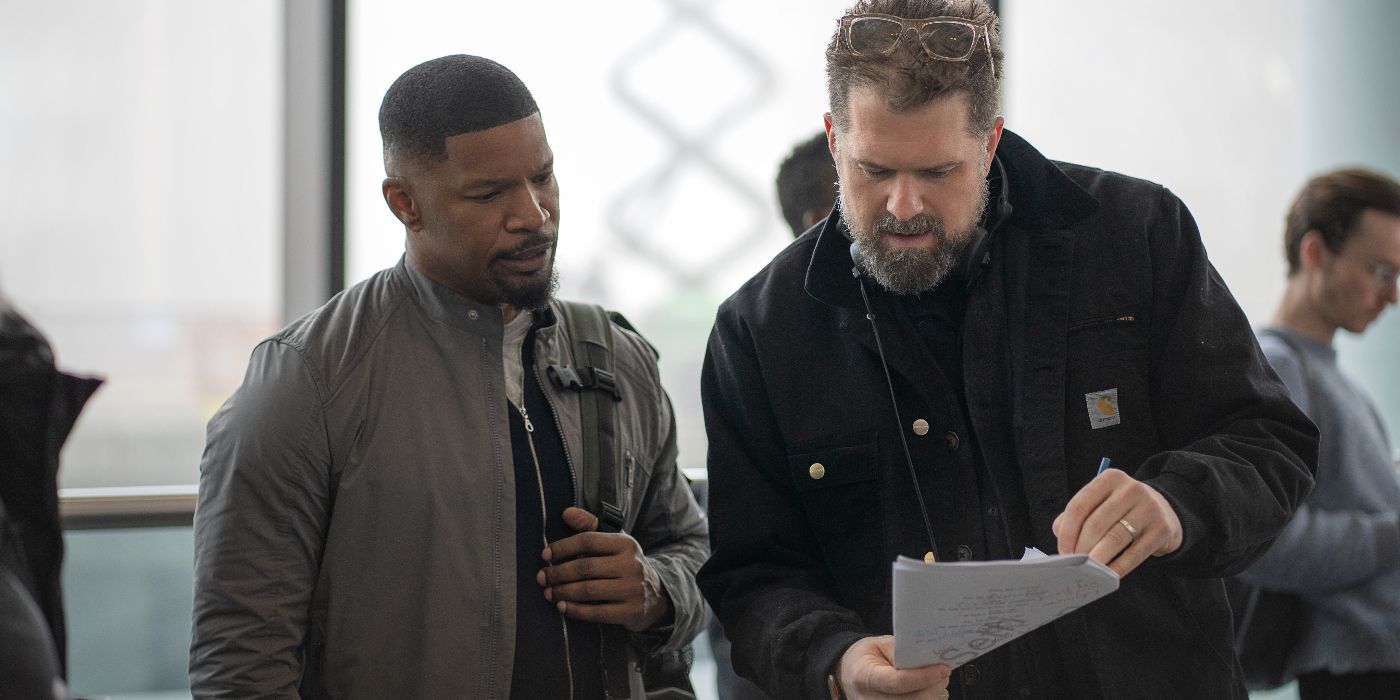

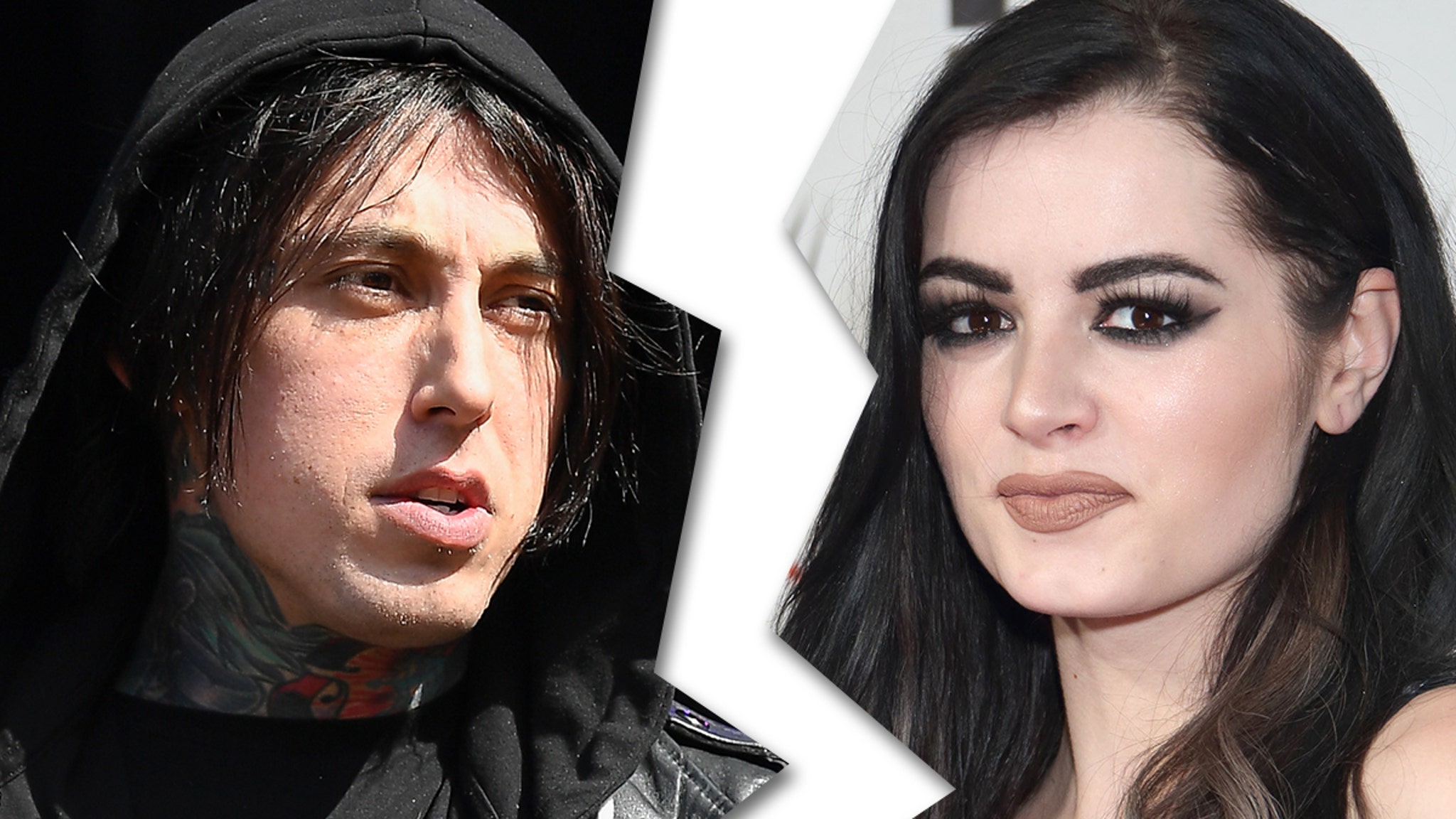
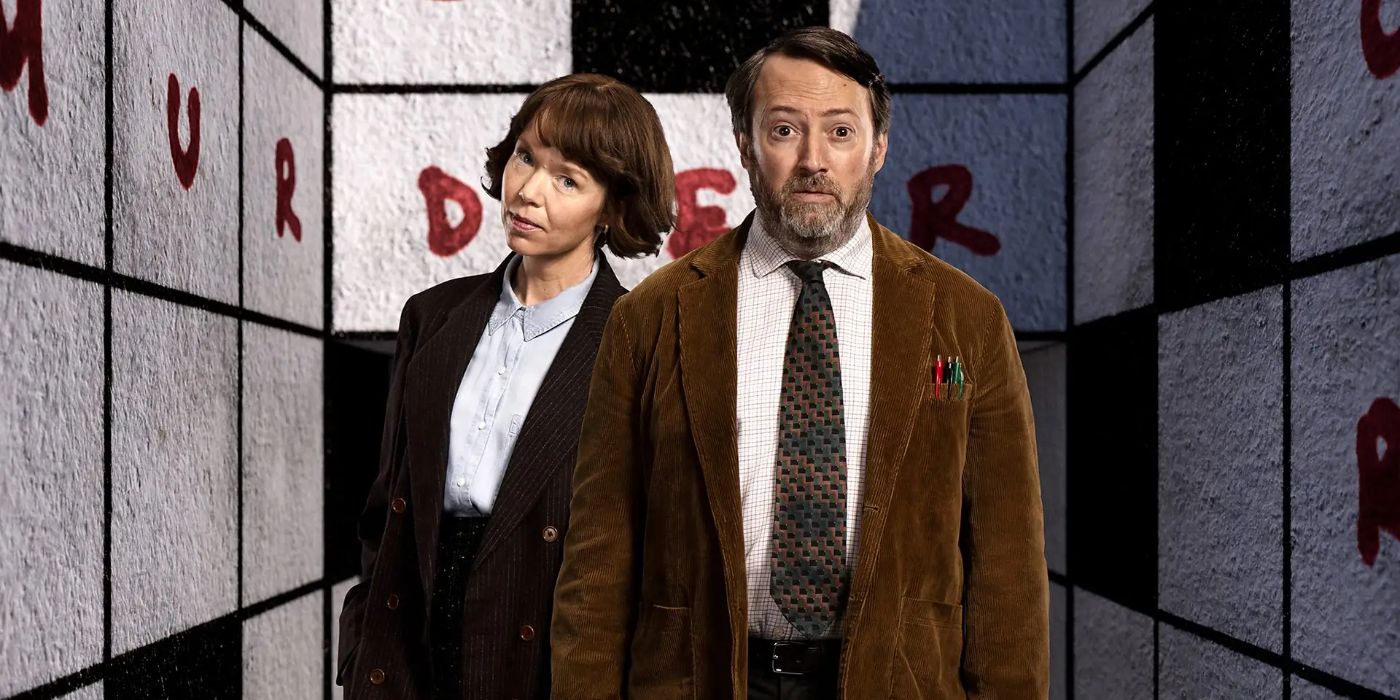



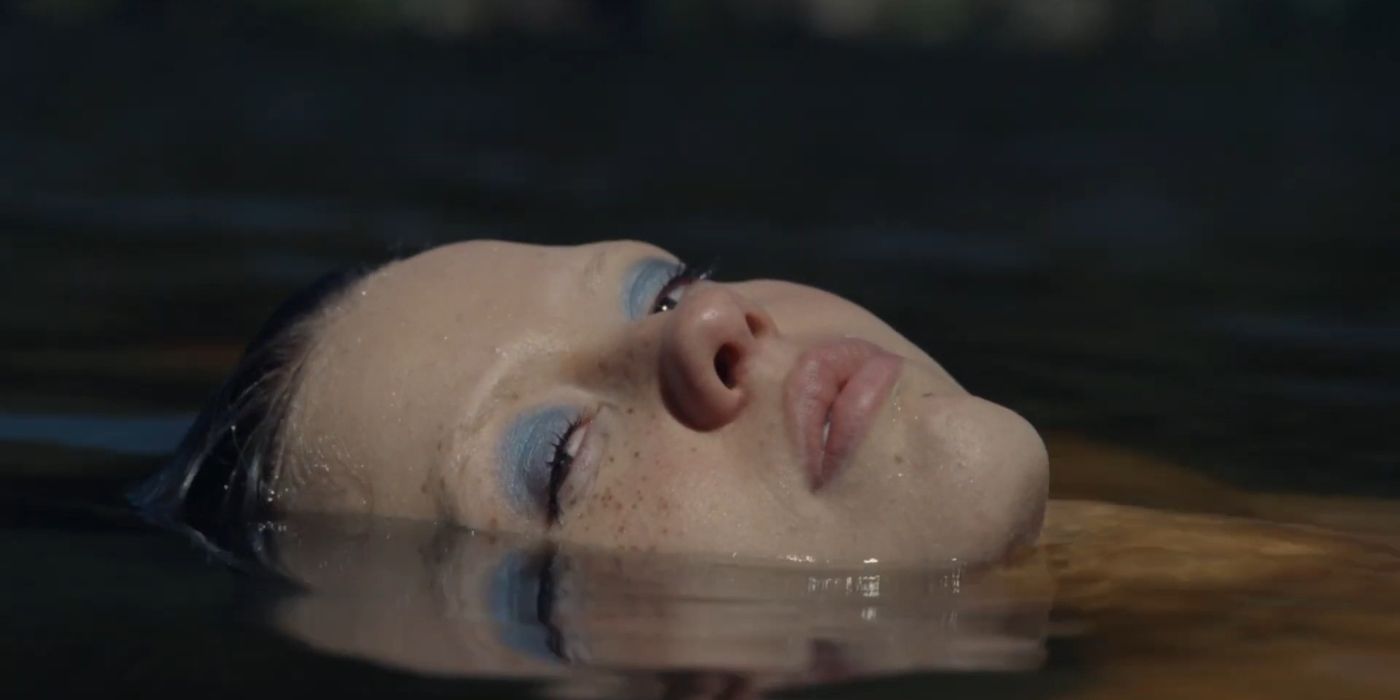
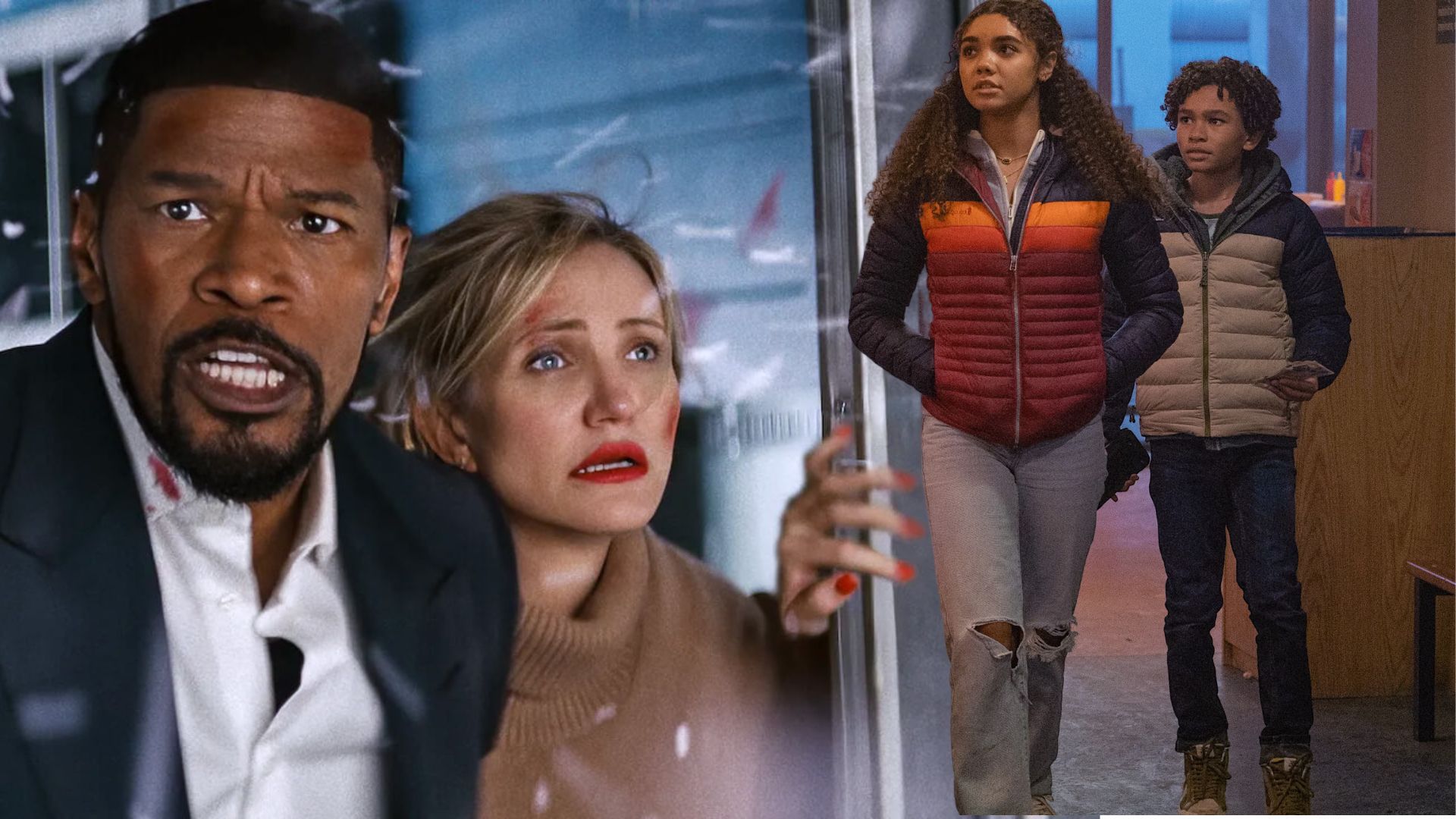

.jpg)
